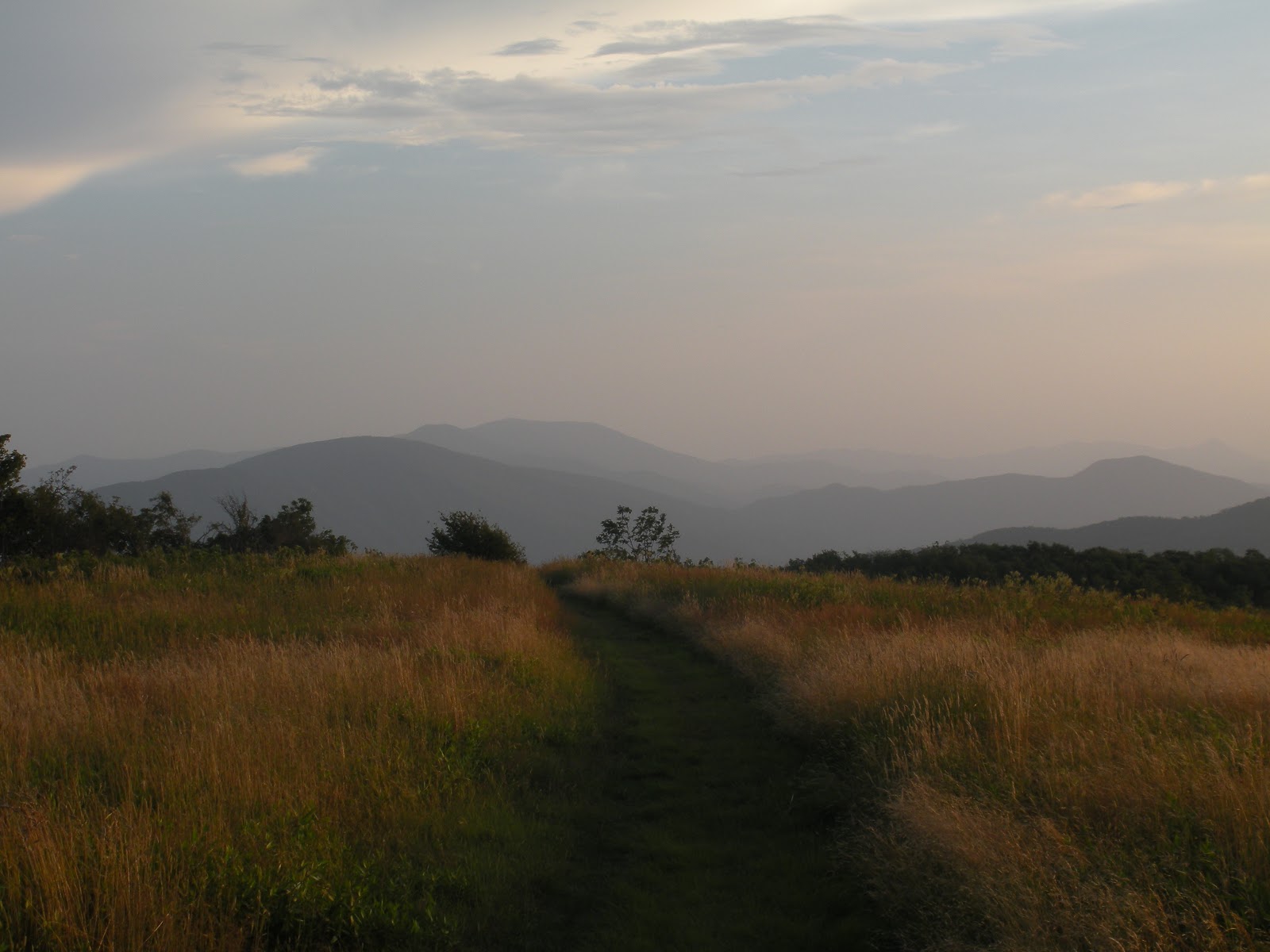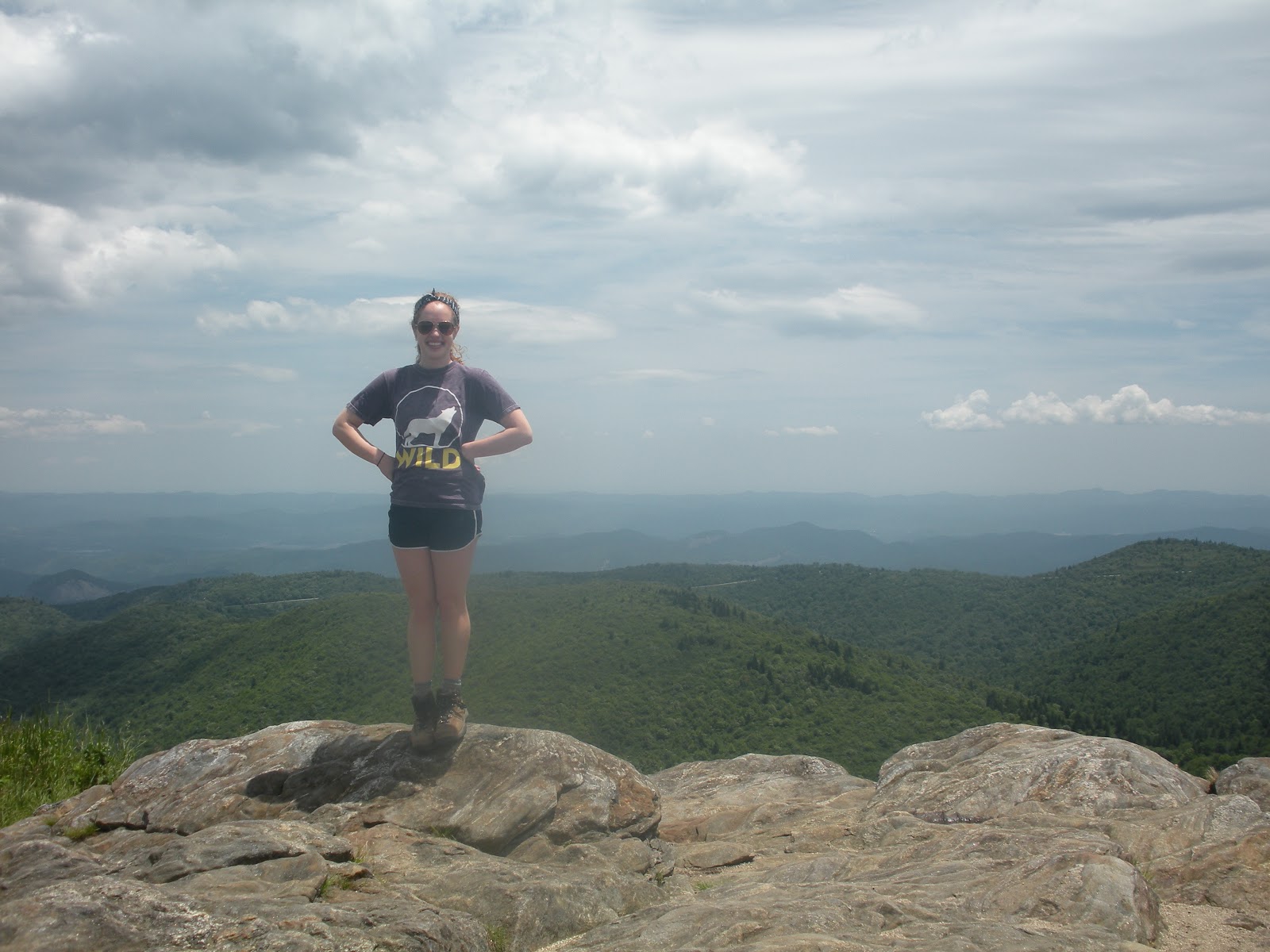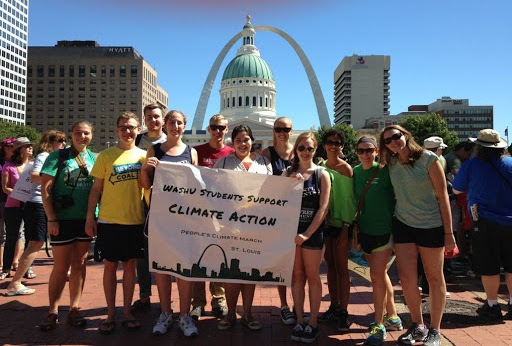What makes an environmental advocate?
As part of my job, I interview a few candidates each week for Environment America’s year-long fellowship program. Generally speaking, I’m talking to college seniors, who are figuring out the very first step in their post-graduation careers. In those conversations, I invariably end up spending some time discussing why I do what I do. Last week, an interviewee asked point-blank how I first got my start in environmental advocacy, and I surprised myself by having to stop and think about it.
My path from Asheville to Environment America

The view from part of the Appalachian Trail, near the North Carolina – Tennessee border, not far from my hometown.
As part of my job, I interview a few candidates each week for Environment America’s year-long fellowship program. Generally speaking, I’m talking to college seniors, who are figuring out the very first step in their post-graduation careers. In those conversations, I invariably end up spending some time discussing why I do what I do. Last week, an interviewee asked point-blank how I first got my start in environmental advocacy, and I surprised myself by having to stop and think about it. I’ve been working in this space for almost four years now and, while I haven’t always known that a career in advocacy was what I wanted, I can see now why I can’t imagine doing anything else.
I grew up in Asheville, N.C., which, if you’ve ever visited, should make my career choice in environmental advocacy totally unsurprising. In addition to being a beautiful little city tucked into the southern Appalachian Mountains, it’s also chock full of barefoot, kale juice-drinking hippies. Nevertheless, when I was little, my environmental passion hadn’t yet developed and my career aspirations bounced all over the place. I thought I might be a lawyer like my dad. I went through a lab scientist phase shortly followed by an architect phase. For a while, I was even set on becoming a nail artist. It wasn’t until middle school that I started leaning away from a career in nail polish and putting an environmental lense over each of the other options.

In my natural habitat, just outside of Asheville, N.C..
It’s hard for me to pinpoint where my interest in the environment first came from. It could have been my mom, who has been composting in our backyard and making reusable grocery bags out of old curtains way before it was cool. Or, it might have been the sheer beauty of the place I grew up in. I definitely spent as much time as possible romping around in the forests and parks that felt like my backyard. Whichever is the case, I headed off to college to study environmental earth science and engineering, figuring that if the courses were anything like A.P. Biology, I’d love the work. I imagined my post-graduation self using science to help solve the environmental problems we’re facing — whether that meant designing revolutionary energy technologies to combat climate change or developing sustainable farming systems.
As the story so often goes, college led to an awakening of sorts. A couple of years in, I started to see the environmental problems I’d hoped to tackle in my engineering courses as more than technical. I took a class in political ecology that really helped me come to that realization. As we delved into texts about famines and other social crises linked to the natural world, the professor encouraged us to think more critically about how they came to be. He taught us to ask more about why changing the agricultural and energy systems that power society can be so difficult, even when both the need for transformation and the solutions to affect that change are well understood. I began to see that change doesn’t just happen because of work in a laboratory. It also depends on social and political momentum.
Outside of the classroom, I became engaged in student activism, calling on Washington University in St. Louis to divest from fossil fuels and rely less on dirty energy sources. I joined rallies and protests; I attended activist trainings and learned the basics of campaign strategy; and I even sat down with my university’s chancellor (alongside a few fellow students) to make our pitch for a fossil-free campus. In those moments, I felt the power of being part of a movement and, for the first time, felt like I was contributing to real change. Those first tastes of advocating directly for a cause I was passionate about were exhilarating. I knew I wanted more.

Some of my classmates and I at the St. Louis People’s Climate March in April, 2014.
Since then, I’ve been a few different versions of an environmental advocate. I got my start with Green Corps, the field school for environmental organizers, before joining Environment America’s clean energy program. There, I initially helped drive our Go Solar campaign. Currently, I’m leading our 100% Renewable campaign. I’ve loved each of those roles for the same reason: The impact of advocacy work is powerful and motivating. It’s what both got me hooked on campus, and what has kept me coming back for more ever since. Now, it’s also what I tell each candidate I interview for our organization.
